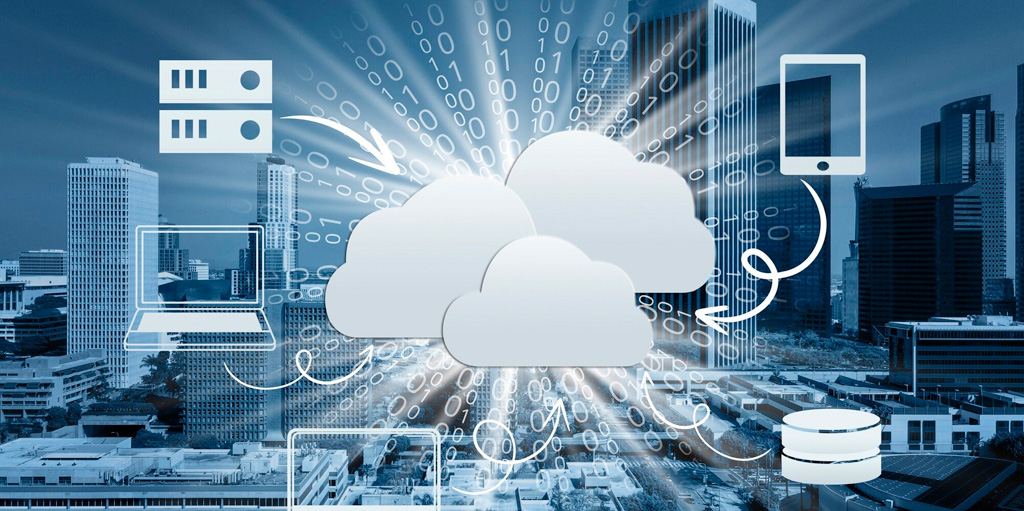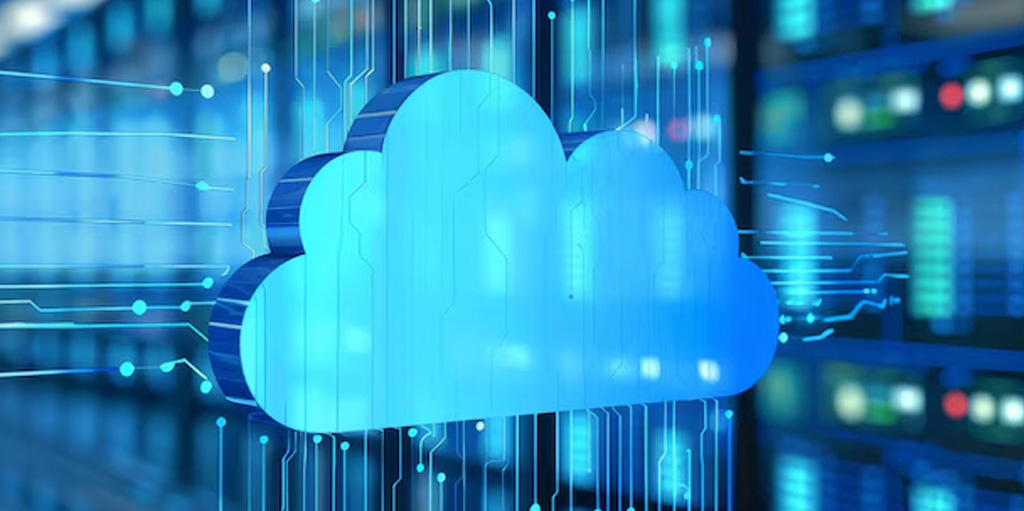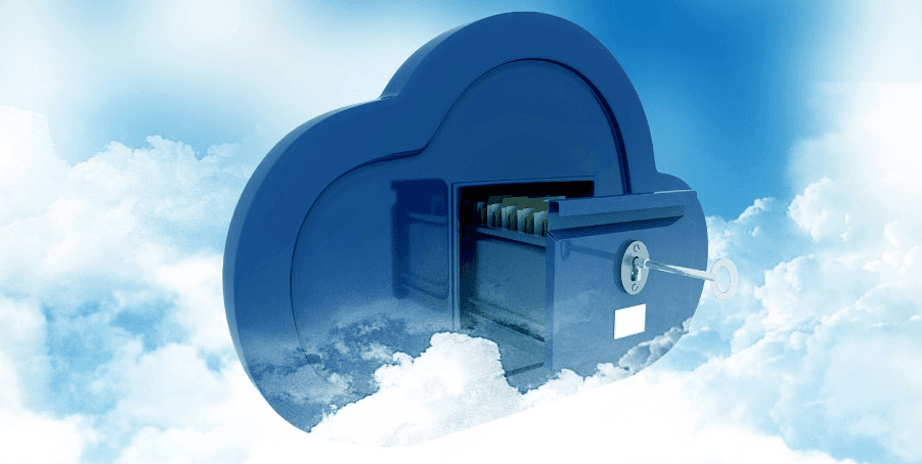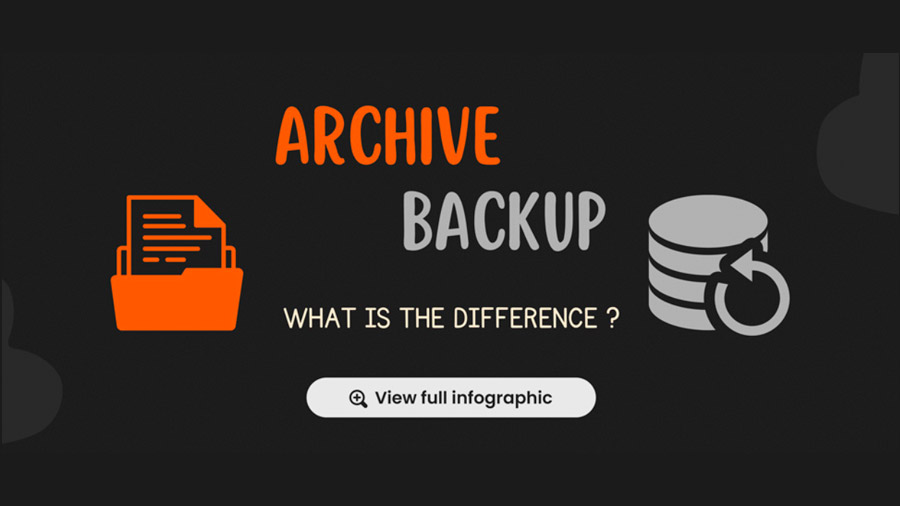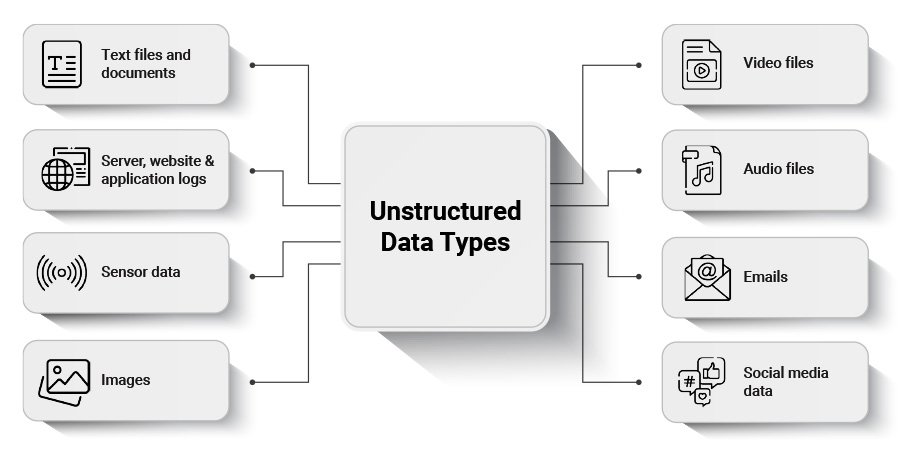Optimize migration to SAP S/4HANA with SAP Archiving
SAP’s new enterprise resource planning (ERP) solution, SAP S/4 HANA, brings many enhanced features and faster computing capabilities. SAP S/4 HANA uses the robust in-memory SAP database HANA. It is considered the digital core for connecting enterprises with people, business networks, the Internet of things (IoT), and big data. It also enables organizations to make business decisions informed by real-time insights, machine learning, IoT scenarios, and predictive computing. It also allows for a more comprehensive array of deployment options, including on-premises, public cloud, private cloud, hosted cloud, and hybrid environments. (more)







